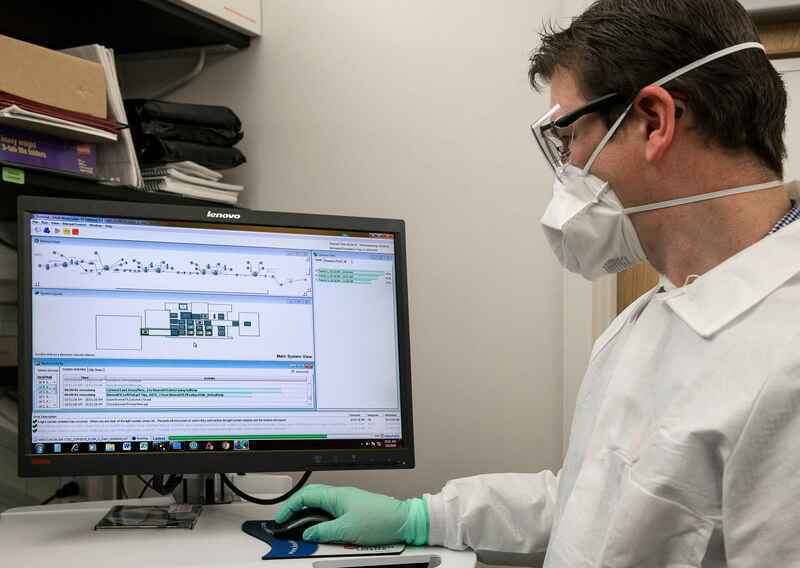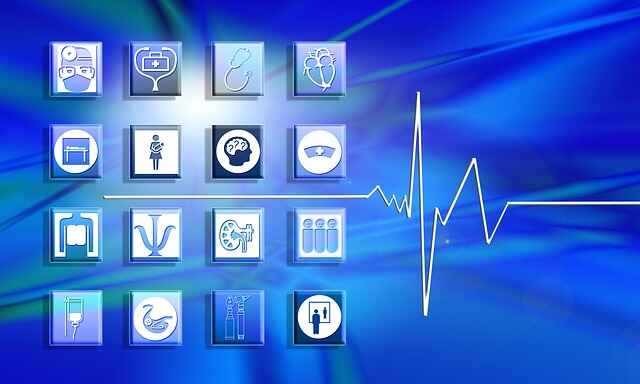Choosing the Right Hospital Management Software: How to Match the Perfect Solution to Your Healthcare Facility’s Needs

Inpresent times where precision, efficiency, and patient-centric care define the benchmarks for optimal healthcare delivery, choosing the right hospital management software (HMS) is not merely a technological decision—it is a strategic imperative. As healthcare facilities strive to navigate an increasingly complex landscape, the deployment of the ideal HMS can serve as a critical enabler, for delivering exceptional patient care while optimizing operational efficiency.
A recent study estimates that the global HIS market will reach $91.6 billion by 2030, growing at a compounded annual growth rate (CAGR) of 6.2% from 2022. This growth reflects the increasing recognition among healthcare leaders of the critical role that hospital management software plays in healthcare operations.
But with a myriad of options available, how can healthcare leaders select a solution that aligns with their institution’s unique requirements? This guide explores the critical factors and considerations that should guide your decision-making process,so that the HMS you choose is a catalyst for growth, innovation, and superior care delivery.
Understanding Hospital Management Software

At the very basic, hospital management software is a digital solution designed to centralize and streamline hospital operations. By integrating clinical, administrative, and financial workflows into a unified system, HMS allows healthcare providers to improve coordination, reduce inefficiencies, and improve the standard of care.
From managing patient records and automating billing to enabling real-time decision-making through advanced analytics, the best hospital management software aims to create a cohesive, data-driven ecosystem. However, selecting the best-fit requires a nuanced understanding of your facility’s goals, challenges, and capabilities.
Step 1: Assess Your Facility’s Needs
Every healthcare facility operates within a unique context defined by its size, specialty, patient demographics, and strategic objectives. Before delving into the different options in hospital information systems, it is essential to conduct a thorough assessment of your facility’s specific needs. Consider the following:
Scale of Operations: Are you a small clinic, a mid-sized hospital, or a multi-location healthcare network? The software should scale and evolve as your organisation grows.
Specialized Services: Does your facility focus on specific areas like paediatrics, oncology, or orthopaedics? Choosing an HMS with specialty-focused modules and medical records ensures tailored workflows.
Patient Volume: The frequency of out-patient visits, in-patient admissions, and emergency cases can influence the software’s capacity requirements.
Existing Challenges: Identify pain points such as inefficient patient registration, delayed billing, or fragmented clinical workflows. The hospital information system you select should address these issues effectively.
Step 2: Identify Key Features to Look For
An effective hospital management system offers functionalities that align with your operational priorities. While the specific features may vary, the following core components are essential for most healthcare facilities:
Patient Management:Streamline registration, appointment scheduling, and patient flow with integrated tools that minimize wait-times and better the patient experience.
Electronic Medical Records (EMR):Robust EMR systems enable accurate and efficient documentation, ensuring seamless access to patient histories across departments.
Billing and Insurance Integration:Automating billing workflows, insurance claims processing, and payment reconciliation helps improve financial accuracy and efficiency.
Clinical Workflows:Modules like Computerized Physician Order Entry (CPOE), laboratory management, radiology workflows, and pharmacy integration support clinical decision-making and operational precision.
Administrative Tools:Tools for inventory management, housekeeping, and staff scheduling help in facilitating smooth day-to-day operations.
Data Analytics and Reporting:Advanced analytics provide actionable insights into operational performance, financial health, and patient outcomes, supporting data-driven decision-making.
Interoperability: The software should integrate seamlessly with existing systems, such as lab equipment, payer networks, and third-party applications, to ensure a cohesive ecosystem.
Step 3: Evaluate Vendor Expertise and Support
The capabilities of an hospital management information system are only as strong as the team behind it. Partnering with a reliable vendor who understands healthcare operations is critical. Evaluate vendors based on:
Experience in Healthcare Technology:Vendors with a proven track record in delivering hospital software solutions to hospitals and clinics are better equipped to understand and address your needs.
Customization Options:Healthcare facilities vary widely in their operational requirements. Ensure the vendor offers customization capabilities to align the software with your workflows.
Training and Support:Comprehensive onboarding, user training, and ongoing technical support for smooth implementation.
Scalability:As your facility expands or introduces new services, the vendor should offer scalable solutions that grow with you.
Compliance with Regulatory Standards:Ensure the HMS complies with local and global healthcare regulations, to safeguard patient data and maintain operational integrity.
Step 4: Prioritize User Experience
A system that is intuitive, user-friendly, and designed with the end user in mind fosters better engagement and productivity. Key considerations include:
Intuitive Interface:A clean and well-organized interface reduces the learning curve for users and minimizes errors.
Role-Based Access:Ensure the hospital management software provides tailored access based on user roles, such as clinicians, administrators, and finance staff, to enhance security and efficiency.
Mobility:Mobile-enabled HMS solutions empower staff to access critical information and perform tasks on the go, improving responsiveness and care delivery.
Step 5: Analyse Total Cost of Ownership (TCO)
While upfront costs are important, a comprehensive evaluation of the Total Cost of Ownership (TCO) ensures that the chosen hospital information management system delivers long-term value. Consider:
Initial Costs: Factor in licensing fees, hardware requirements, and implementation costs.
Ongoing Expenses:Assess recurring costs, such as subscription fees, maintenance, and updates.
Return on Investment (ROI):Evaluate how the HMS will improve operational efficiency, reduce errors, and enhance patient satisfaction, ultimately delivering financial and reputational benefits.
Making the Right Choice: A Strategic Imperative
Choosing the best hospital management softwareis not just about acquiring a tool; it’s about partnering with a solution provider that aligns with your vision and empowers your facility to achieve operational excellence. By thoroughly assessing your facility’s needs, prioritizing key features, and selecting a vendor with a forward-looking approach, healthcare leaders can ensure they make a decision that drives transformation and measurable results.
Hospital and clinic management system softwarefrom global providers like Medinous offer a comprehensive and scalable suite of solutions tailored to different healthcare settings. The Fusion Series presents targeted options for clinics of all sizes; Fusion Lite is designed for medical clinics and polyclinics, Fusion+ caters to medical centres and medical complexes, and Fusion PRO is tailored specifically for day case management centres. For hospitals, Medinous Spectrum serves small and mid-sized institutions, providing a robust yet adaptable framework, while Medinous Enterprise is built for large hospitals, delivering advanced capabilities to manage complex operations effectively. These solutions are designed with the flexibility to scale and evolve as requirements change, ensuring long-term usability and value for healthcare providers.
The solutions stand out with its ability to integrate seamlessly across healthcare operations, supported by a rich library of industry-tested interfaces and customizable tools. Integration capabilities include PACS, uni-directional and bi-directional lab equipment, queue management systems, and SMS or WhatsApp integration. Additionally, its integration with payer systems facilitates electronic approvals and claims processing, while its compatibility with human resource management software, BI tools, ICD and drug databases, and speech-to-text editors eliminates data silos and enhances operational efficiency.
With patient expectations and operational complexities on the rise, the right hospital information software serves as a foundation for excellence. It enables facilities to navigate challenges with agility, and achieve sustainable growth.
The question is not whether to adopt an hospital software system but rather how to select the one that best aligns with your facility’s goals. Once you have shortlisted potential vendors, it is crucial to take a detailed demonstration of their products to assess how well the solution meets your operational needs and integrates with existing systems. With the right solution in place, your healthcare facility will be poised to lead the charge in redefining care delivery for a digital-first world.
Also read: Family health insurance plans